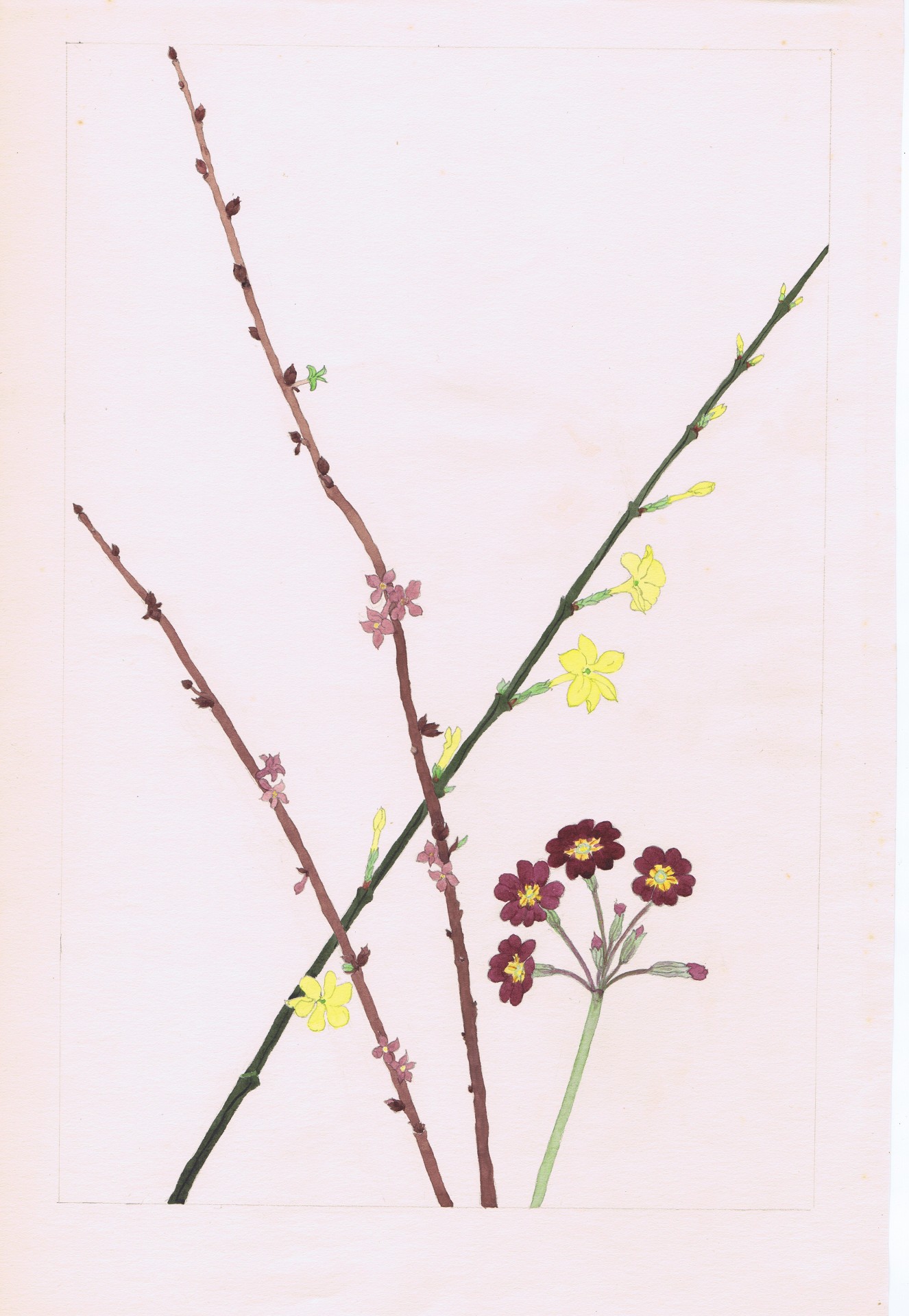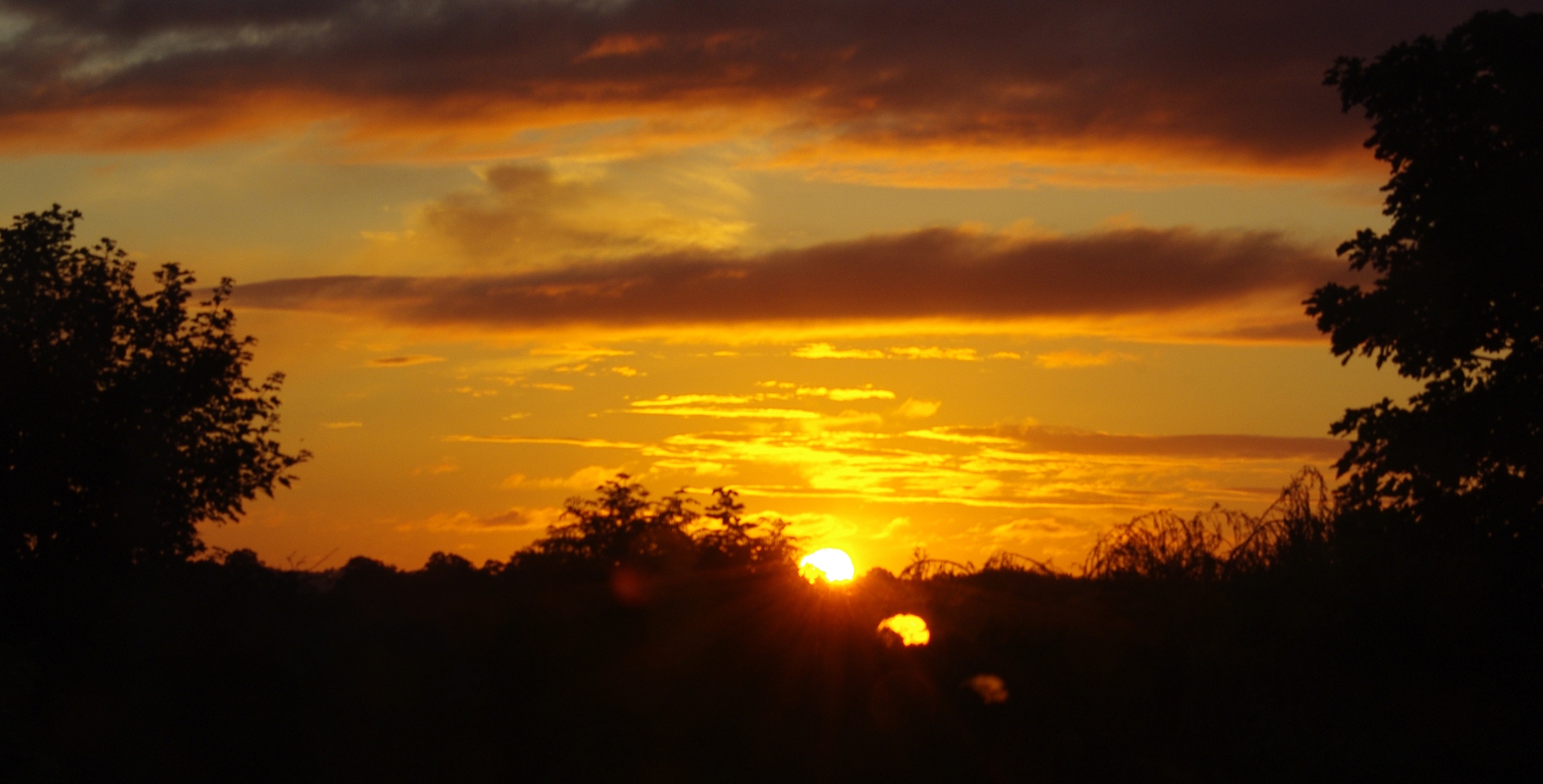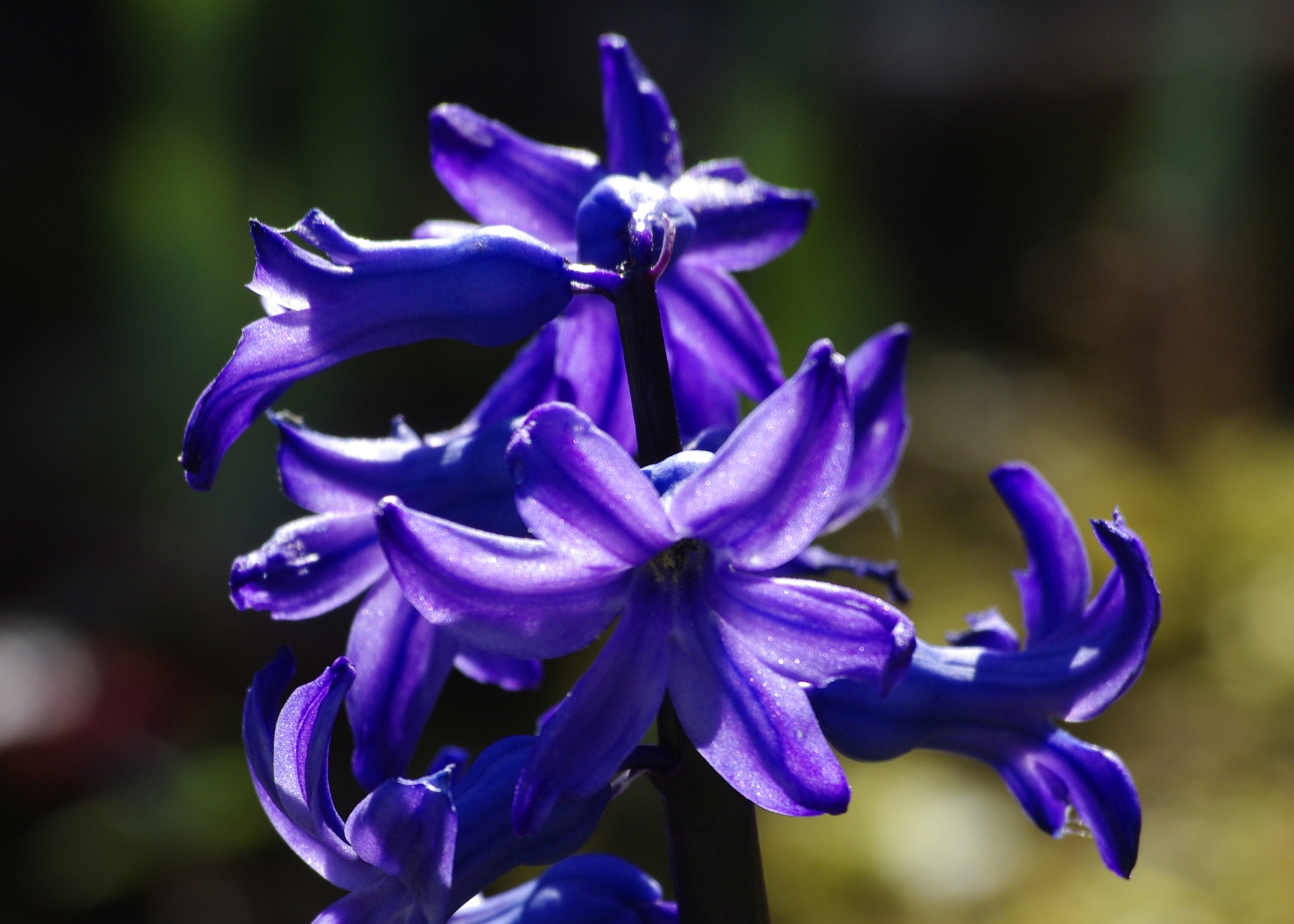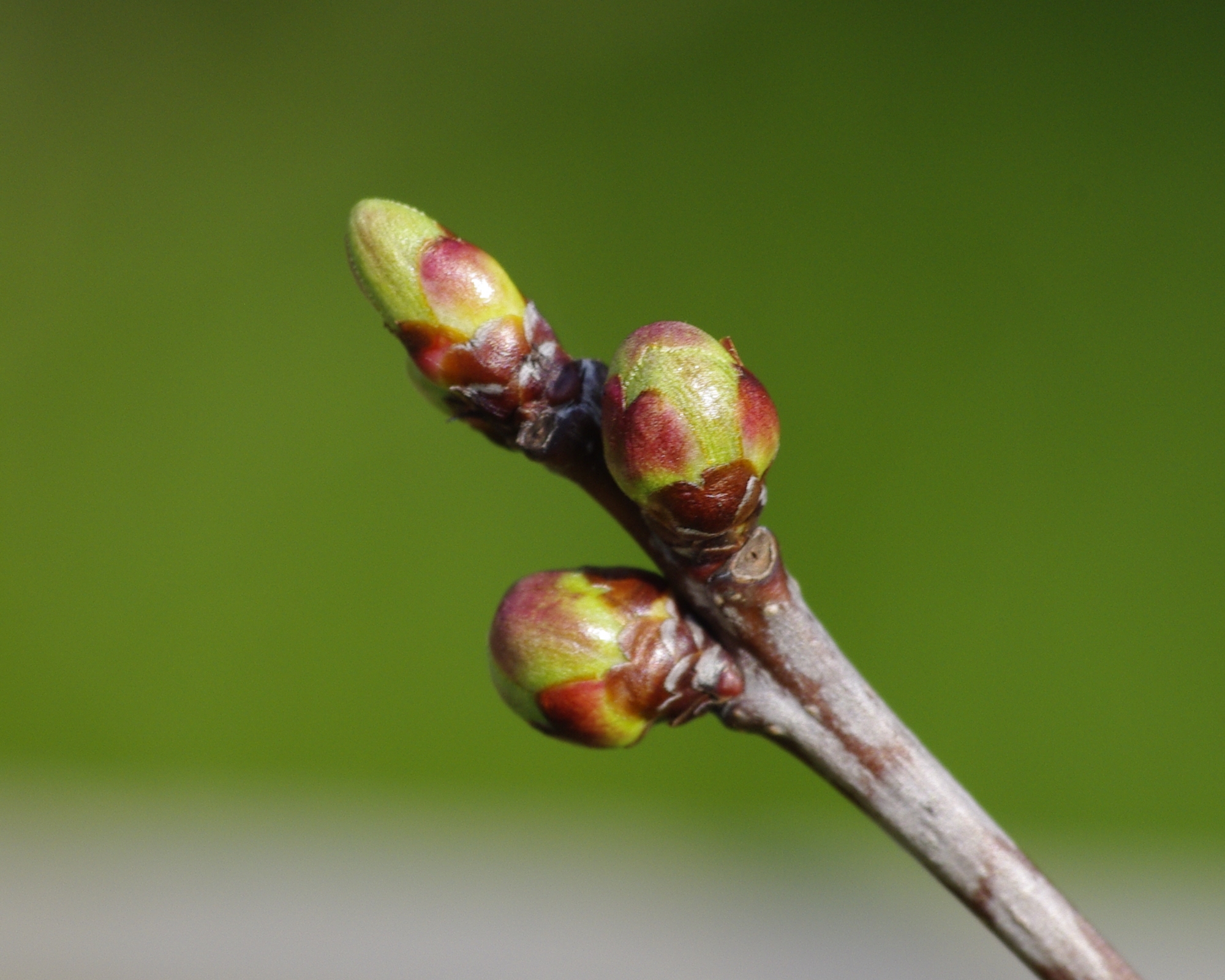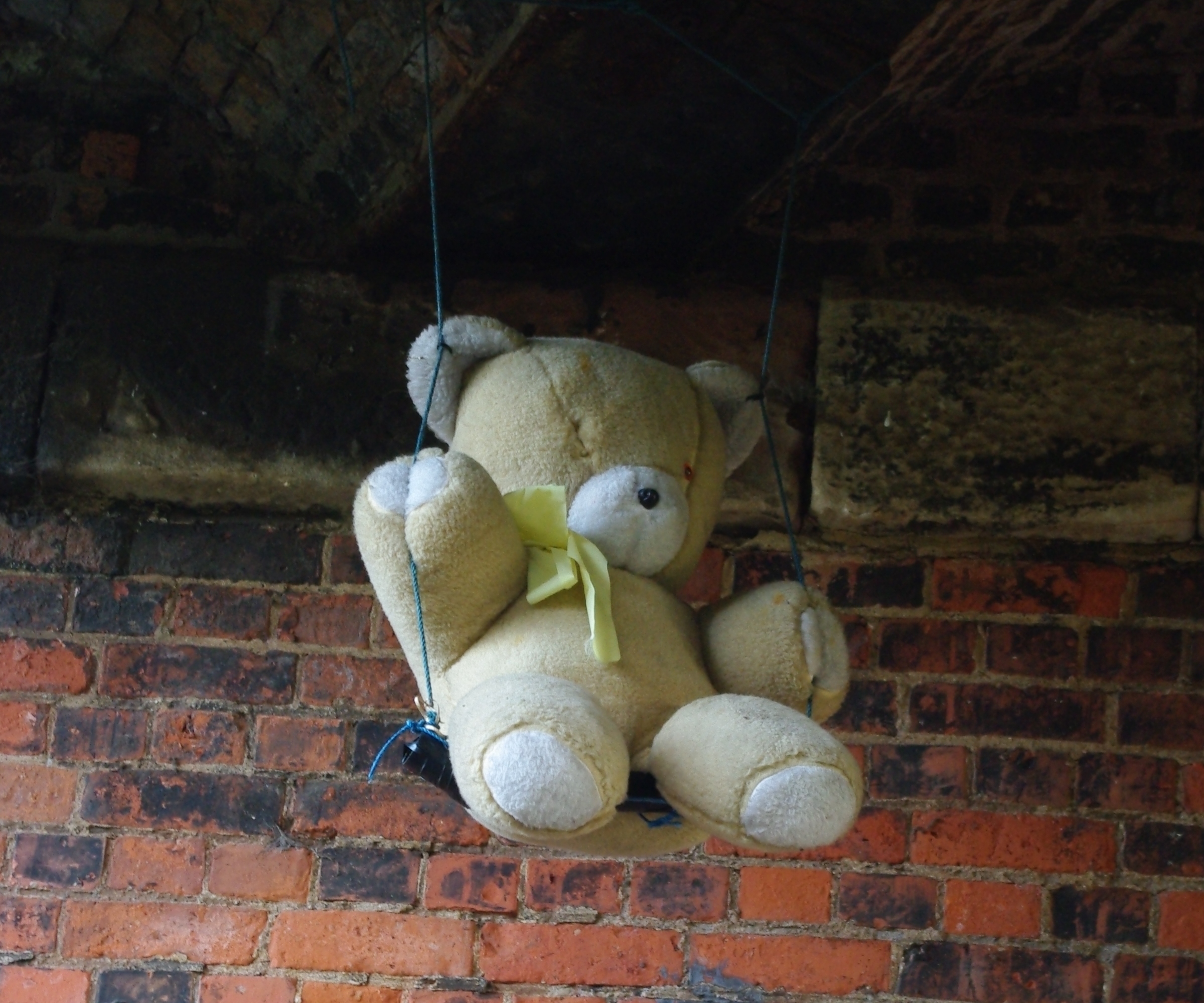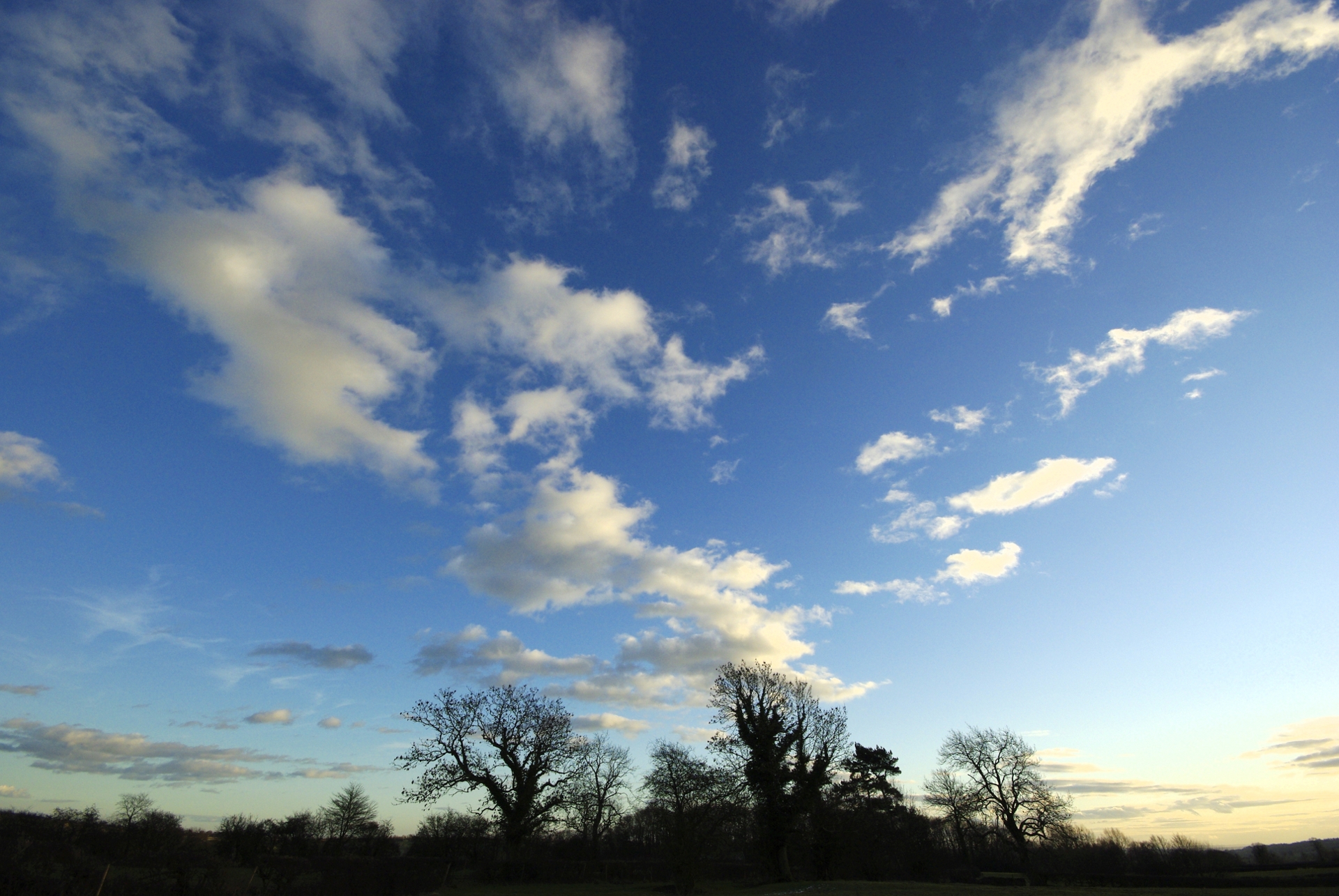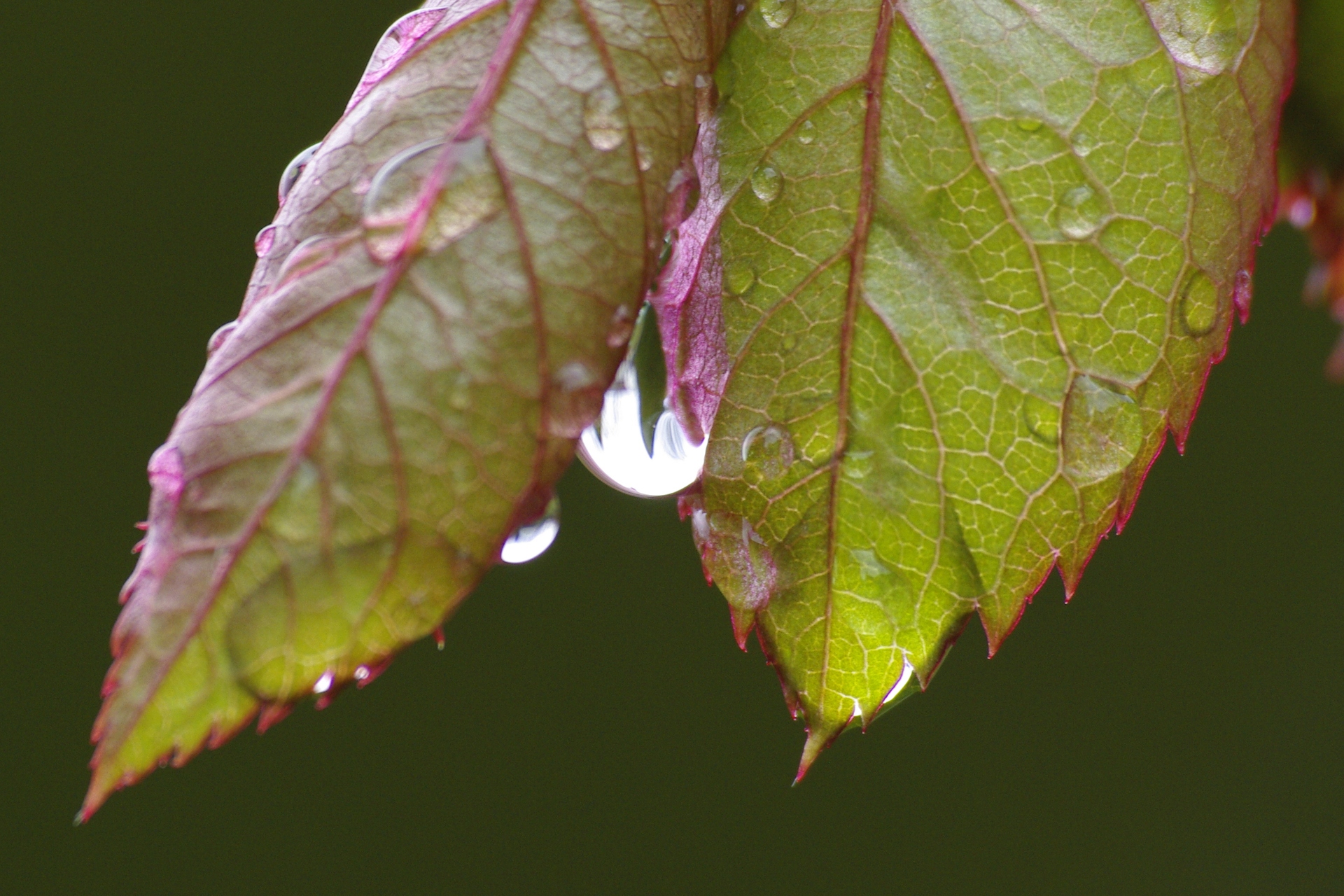This post is in response to the prompt here. First, a little (true) story…
RIGHT, you lot. A bit less noise. Thank you. Now then. A little quiz. Jotters out. Let’s go for it. Question one! What is a magazine?… Question two! Where is Oxford Street?…
O.K. Question One – hands up who put something about periodically published topical printed matter or some such definition like that? All of you? Amazing! Question two – hands up who put London? All of you? Wonderful!
Terrific, weren’t they? Yeah, but not quite terrific enough. As in, they didn’t read my mind and give the answers I had in mind.
A magazine is a building where you keep (or somebody once kept) arms and ammunition.
Oxford Street is in Leicester.
It was in this street, close to a building known as ‘The Magazine’ that on a number of occasions I joined a queue to be served in a photographic shop. This queue would stretch down the street on a wet Saturday morning. The reason? Not the free coffee – there wasn’t any. Not the ravishing young female sales staff – there weren’t any of them either. At least, I think I would have remembered. Quite simply, this shop sold cameras and photographic equipment at the keenest prices in the country. In those days, if you were a teenage photographer, that was no insignificant consideration.
The history of Ernst Abbe, Otto Schott, Carl Zeiss, and the beautiful city of Jena in Germany is a fascinating one. The first Zeiss lens I ever owned began my tiny, but real, link with that heritage – a Carl Zeiss Jena Tessar 2,8/50, number 9017355, supplied with a Praktica SLR. (DSLR’s were a very long way away.) I queued in Leicester for a 35mm Flektogon and a 135mm Sonnar when I could afford them.
Time, and cameras, moved on. My Zeiss lenses sat sadly neglected in a holdall, but I didn’t quite forget the performance of that first one, the 50mm Tessar, especially for close-ups.
My fourth SLR is a DSLR. After I got used to it, I remembered the Tessar and how well it performed even with extension tubes, so I bought an adaptor ring. Minus all the automatic features we take for granted nowadays, it still works well for close-ups. So my circle – Tessar to Tessar – is complete. Here is a picture of a kalanchöe flower, taken using the Tessar. It’s a small world – in every sense.


